The title of “the Irish Crown Jewels” was given to a badge and star regalia that were once housed at Dublin Castle. Officially, they were the jewels of the Most Illustrious Order of St. Patrick, but they were dubbed the Irish Crown Jewels by the newspapers after it was discovered they’d been stolen.
The jewels
The Most Illustrious Order of St. Patrick was made up of mostly Irish nobles with the English king at its head. Members needed to be pro-unionist and a supporter of the Crown to join.
One of the jewels was an eight-pointed star set with Brazilian diamonds; the other was a silver badge set with diamonds, emeralds, and rubies. Together, they were valued at around $3 million to $4.5 million in today’s money.
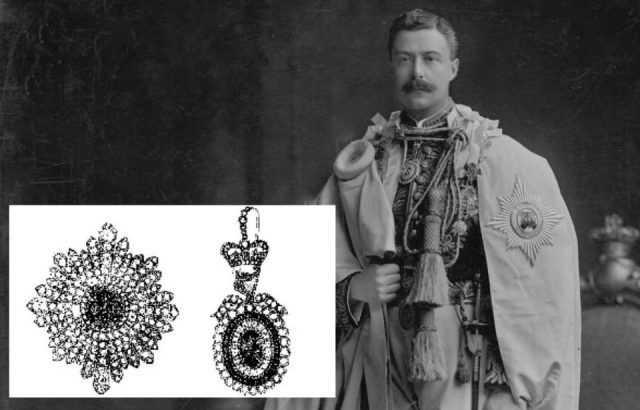
They were created in 1831 and included 394 jewels from Queen Charlotte, the mother of King William IV. They were worn when a new knight was invested into the Order; in fact, the ceremony wouldn’t be valid without them.
Keeper of the jewels
In the early 1900s, the person responsible for keeping the jewels safe was Sir Arthur Vicars, the Ulster King of Arms. This role saw him writing the rules and regulations of heraldry and family trees and, of course, keeping an eye on the Crown Jewels.
Sometimes the jewels were kept in a safe at the jewelers West and Son, but mostly they were kept in Bermingham Tower at Dublin Castle.
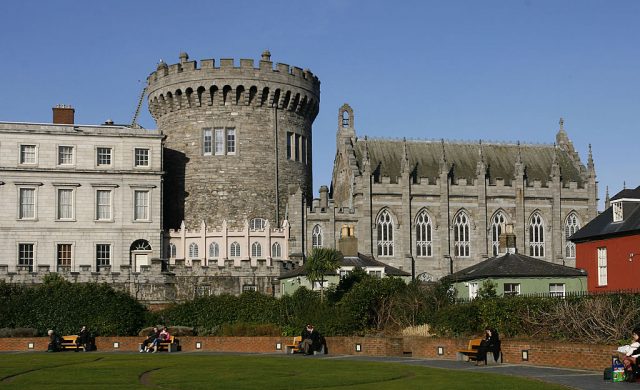
A new home for the priceless jewels
Around 1901, a decision was made to move the jewels to Bedford Tower where a special strongroom would be created. However, when it was time to move the safe in 1903, it was too big to fit through the doorway. Knocking down the walls was unthinkable, and there would be a lot of red tape before a smaller safe could be bought. Instead, Vicars decreed it should be kept in the nearby library with a sentry outside. The safe was heavy and burglar-proof, so any risk was deemed minimal.
However, the library was also the waiting room for Vicars’s office, so there were constantly people in and out of there. There were several doors (but only one guard), and the sentry couldn’t actually see the safe from where he was stationed.
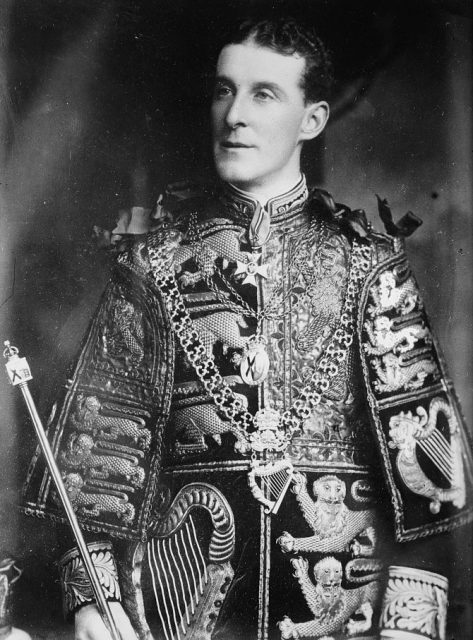
There were seven keys to the door of the Office of Arms; these were held by Vicars, the sentry (Stivey), a cleaning lady (Mrs. Farrell), and others who worked in the building. There were four keys to the outer strongroom, and there were also two keys to the safe itself – both in possession of Vicars. He kept one on his person at all times and another locked away in his home.
A timeline of warnings
During June and July 1907, there were a series of security risks that Vicars dismissed but which showed him in a most negligent light when the theft was uncovered. The timeline went something like this:
June 28: Vicars finds his door key to the tower missing, and the guard on duty has to let him in.
July 3: Mrs. Farrell finds the front door unlocked when she comes to clean. She tells Vicars, who does nothing about it.
July 6: Mrs. Farrell discovers the door to the strongroom is unlocked with the keys still in the door. She writes a note to the sentry (Stivey), who then informed Vicars, who did nothing.
Later July 6: One of the Knights’ gold collars (usually stored in the safe with the Crown Jewels) is returned from being repaired by West and Son. Vicars gives Stivey the safe key and orders him to put the collar inside. When Stivey comes to unlock it, he finds it is already unlocked and the jewels gone.
All that was left inside the safe was the ribbon that had been attached to the badge.
The problem posed by the ribbon
It’s easy enough to imagine that a thief yanked off the badge in his haste and left the ribbon behind, but that didn’t appear to correspond with the evidence.
The badge had been attached to the ribbon by a hook that involved two tiny screws. These were not broken, indicating that the thief had taken time to detach the badge from the ribbon. By Vicars’s estimate, it would have taken about ten minutes to unscrew these.
In addition, the tissue paper and cloth in the jewel boxes had been neatly folded – hardly the sign of someone in a rush.
The Dublin police are stumped
The jewels were definitely last in the safe on June 11 because Vicars had shown them to a visitor. That meant there was almost a month during which they might have been stolen. As well as the Crown Jewels, some family jewels belonging to Vicars and the collars of the Knights were also stolen.
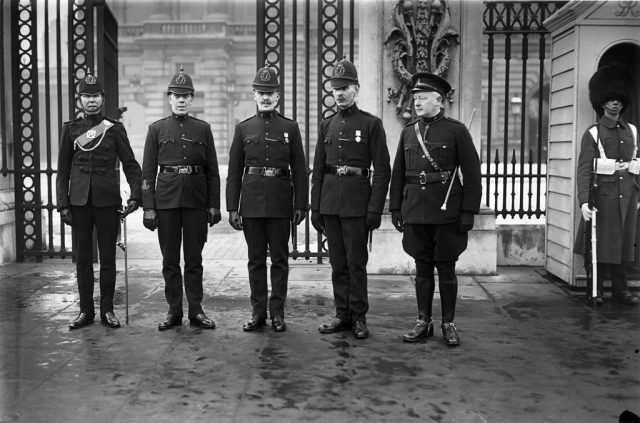
The Dublin Metropolitan Police found that the doors hadn’t been forced, suggesting that someone had a key; since all the keys were accounted for, it could have been a copy. But it takes a couple of days for someone to make a professional copy, and the keys hadn’t been missing (unless you wonder why Vicars couldn’t get into the building on June 28). The locks didn’t have any marks that would indicate a key hastily copied had been used.
But how did the thief gain easy access to the safe when only Vicars possessed both keys? He still had both of those, so it was a mystery.
Enter Scotland Yard
When the Dublin police got nowhere, Scotland Yard stepped in on July 12. The inspector in charge, John Kane, felt it was an inside job and included a list of suspects in his report. No one ever knew what was in his report, and Kane and his team were sent back to London without any sign of progress.
King Edward VII was particularly furious because he and the Queen were due to attend the Irish International Exhibition at that time. While the visit went ahead, he was forced to cancel the investiture of the 2nd Baron Castletown into the Order of St. Patrick because the ceremony couldn’t proceed without the jewels. At a time when the political situation in Ireland was becoming uneasy, the theft was a huge embarrassment to the King.
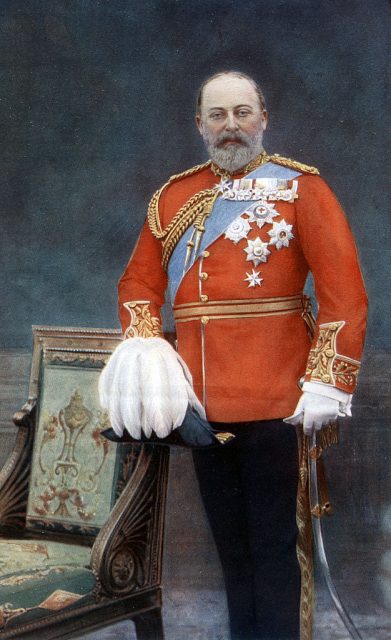
An honorary list of suspects
Although Vicars was the man in charge, there were also several honorary posts associated with the jewels, expanding the list of suspects beyond those who possessed keys to the tower.
Top of the list (and a favorite suspect in many theories) was Francis Shackleton, brother of the explorer Ernest Shackleton. A charming man who liked living the high life, he would stay at Vicars’s house when his duties brought him to Dublin. In fact, according to Atlas Obscura, he actually paid half of Vicars’s rent.
However, Shackleton was known to be gay – something that was illegal at the time. He was also known to associate with other openly gay men, something which would later add fuel to the rumors that he was responsible for the theft and the reason for a cover-up.
Shackleton was accused of the crime by Vicars, but Inspector Kane denied he’d named him in the report. A popular theory held that one of his alleged lovers, Captain Richard Howard Gorges, carried out the crime while Shackleton was out of the country (establishing an alibi). It was theorized that, given the number of militia onsite at the castle, the well-known Gorges would not have faced many questions when he tried to gain access.
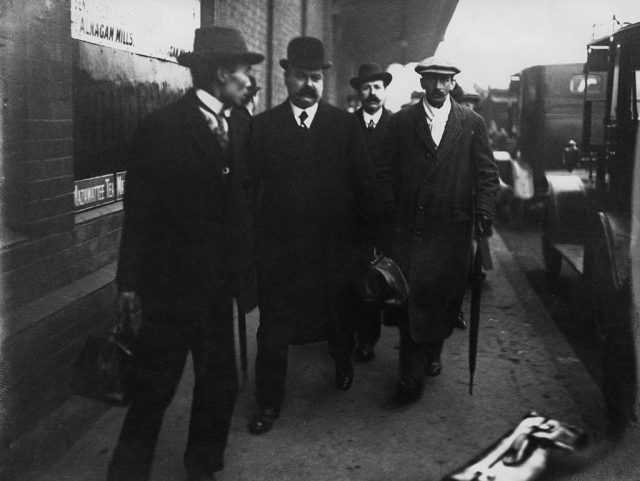
Pierce Gun O’Mahony (yes, that really was his name) held the post of Cork Herald; Vicars was his uncle. Since Vicars had been instrumental in getting Pierce this position, the young man felt quite loyal toward him. He also held one of the strongroom door keys.
Francis Bennett-Goldney was appointed as Athlone Pursuivant in May 1907, two months before the theft.
At one point, the London Mail suggested that a mistress of Vicars’s had gotten the key, taken the jewels, and fled. Vicars sued for libel, and the paper was forced to admit that the story was unsubstantiated and the woman didn’t even exist.
Rewards, seances, and graveyards
A reward was offered for information that would lead to the return of the jewels, and that led to many tip-offs and dead ends. Sir Arthur Conan Doyle, a distant cousin of Vicars, volunteered his help. It is believed that the event inspired his story The Adventure of the Bruce-Partington Plans.
Psychics also offered their services. Vicars asked Francis Shackleton to hire one when a lady wrote to him about her daughter’s visions of the theft. The spiritualist said that the jewels had been hidden in a graveyard. Vicars and others went to dig up parts of those graveyards that matched the woman’s description, but no jewels were uncovered.
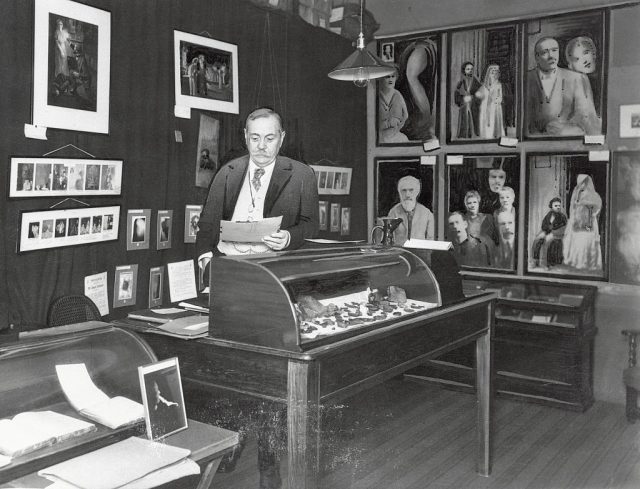
Vicars holds out
Vicars was told that this was all his fault, and it was demanded he resign, but he refused. He claimed the Board of Works, who were in charge of renovating the room (and so had made the door miscalculations), were to blame.
Feeling that he was being scapegoated and slandered, Vicars requested a Royal Commission trial so he could call witnesses and defend himself.
What he received was a Viceregal Commission, so there were no public or press in attendance, no witnesses, and the emphasis of the trial was on how he carried out his duties rather than the crime himself. Vicars and his lawyers walked out; in his absence, he was found to have been negligent and fired.
Crucially, Vicars had rewritten some statutes in 1905 that instructed the safe should always be located in the strongroom. By keeping the safe so long in the library, he’d breached rules he’d written himself.
Despite being fired, Vicars was offered a full pension so long as he would stop seeking a public trial. He refused it.
A lightweight explanation
The Irish press might have been generally silenced when it came to reporting the crime, but the Irish-American press was not. The Gaelic American ran a story about orgies at Dublin Castle and referred to Shackleton and his friends as “men suspected of unspeakable and disgusting offences.”
O’Mahony reached out to influential people he knew for help but was refused on the basis that Vicars was friendly with Shackleton and thus was tarnished by association. So O’Mahony had lunch with a newspaper publisher and offered his own interpretation.
There were no orgies at the castle, he insisted, but there were drinking parties. As a lightweight, Vicars would often pass out. O’Mahony postulated that his friends must have taken the keys while he was insensible and then taken the jewels as a prank. It was anticipated that Vicars would receive a parcel in the mail with the jewels inside to finish off the joke.
Given that the Dublin Castle website states that this kind of prank had been pulled before by Lord Haddo, there might be some truth to this idea.
Allegedly, there had also been a time when Vicars had gotten drunk and his friends had taken the key, opened the safe, and placed the jewelry on his inebriated form so that he woke up glittering.
The theories emerge
Over the years, many different theories have evolved as to what might have happened to the jewels.
Shackleton appears in a couple of theories. The first states that he stole the jewels because he was broke. Although he had an alibi for the day the theft was discovered, it was perfectly possible that he’d stolen them earlier, since no one had actually seen the jewels since June 11. He could also have acted through Gorges.
Alternatively, Shackleton was being blackmailed about his lifestyle; he was forced to acquire the key and the blackmailer did the rest. In either of these scenarios, the investigation is hushed up because revealing Shackleton’s homosexuality would have been a national scandal.
Another theory involves unionists stealing the jewels to embarrass the King or Lord Aberdeen (who had worn the jewels previously on state occasions as the next most senior in the Order after the King).
However, there was one final theory that appeared, years later, after the death of one of those involved.
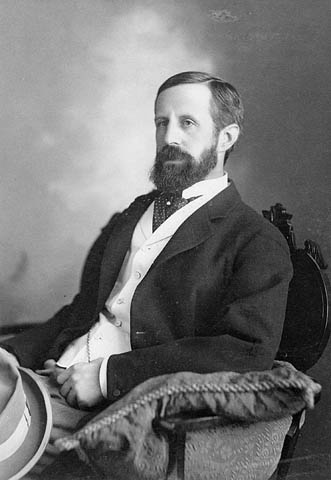
Undignified ends for all involved
The mystery was never solved and the perpetrator never caught, but those suspected had unfortunate ”“ in some cases dishonorable ”“ ends.
Arthur Vicars was shot in 1921 by members of the Irish Republican Party for offering food and shelter to British soldiers who patrolled the countryside.
In 1914, Pierce O’Mahony went out for tea, intending to shoot some wildfowl on the way as he rowed across a river. The next day, he was found in the boat with a shotgun wound to his chest.
After declaring bankruptcy, Shackleton was convicted of fraud after trying to cash a widow’s check illegally. This was followed by being accused of trying to steal thousands from his friend Lord Ronald Gower. He died broke and living with his sister.
Francis Bennett-Goldney’s death was the most shocking of all. He died in 1918 after a car accident in France. What shocked the world, however, was when valuable stolen manuscripts and paintings were discovered in his home after his death. Having been revealed as a thief, people began to wonder if he might have been responsible for the theft of the Irish Crown Jewels after all.
More from us: Jewels That Changed History: Five Gems That Became Famous ”“ and Infamous
The mystery continues
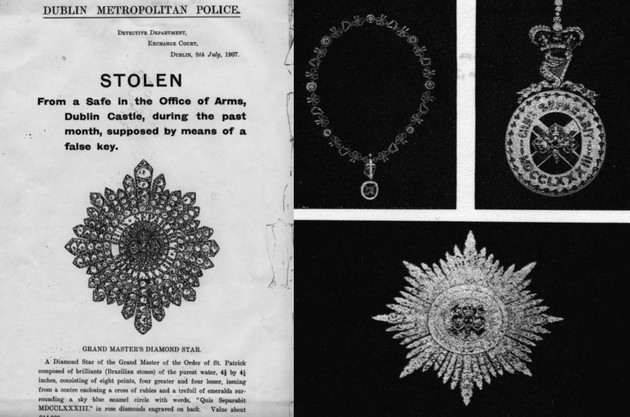
Until the Crown Jewels themselves turn up or a confession is uncovered, what really happened will continue to be a matter of speculation.
In 1983, when the tower was renovated, the Chief Herald of Ireland supervised the removal of walls and floorboards all over the building. This was based on the idea that the jewels were never stolen, just hidden. Unfortunately, the Herald’s investigation turned up nothing, and the world still remains none the wiser.
